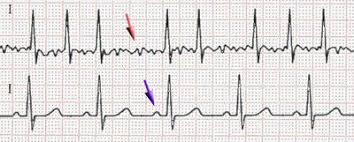Author Interviews, Boehringer Ingelheim, NEJM, Pulmonary Disease / 15.05.2022
Lung Disease: In Clinical Trial New Boehringer Ingelheim Drug Prevented Worsening of IPF
MedicalResearch.com Interview with:
Professor Luca Richeldi MD PhD
Chair and Head, Division of Pulmonary Medicine
Gemelli University Hospital - IRCCS
Catholic University of the Sacred Heart
Rome
MedicalResearch.com: What is the background for this study? Would you briefly explain the condition of Idiopathic Pulmonary Fibrosis?
Response: As you may know, Idiopathic pulmonary fibrosis (IPF) is a progressive, irreversible lung disease with high mortality. IPF is one of the more common forms of progressive fibrosing interstitial lung diseases and its symptoms of IPF include breathlessness during activity, a dry and persistent cough, chest discomfort, fatigue and weakness. IPF is considered a “rare” disease, but it affects more than 3 million people worldwide. Currently, there are two approved antifibrotic drugs that slow, but do not stop, the progression of fibrosis. Therefore, there is a need for additional treatments that can be used alone or with existing antifibrotic therapies.
Pre-clinical research indicated that phosphodiesterase 4 (PDE4) inhibition is associated with anti-inflammatory and antifibrotic effects that may be beneficial in patients with idiopathic pulmonary fibrosis.
In this Phase 2, double-blind, placebo-controlled trial, we investigated the efficacy and safety of BI 1015550, an oral preferential inhibitor of the PDE4B subtype, in patients with IPF. Patients were randomly assigned in a 2:1 ratio to receive BI 1015550 at a dose of 18 mg twice daily or placebo.
(more…)





























